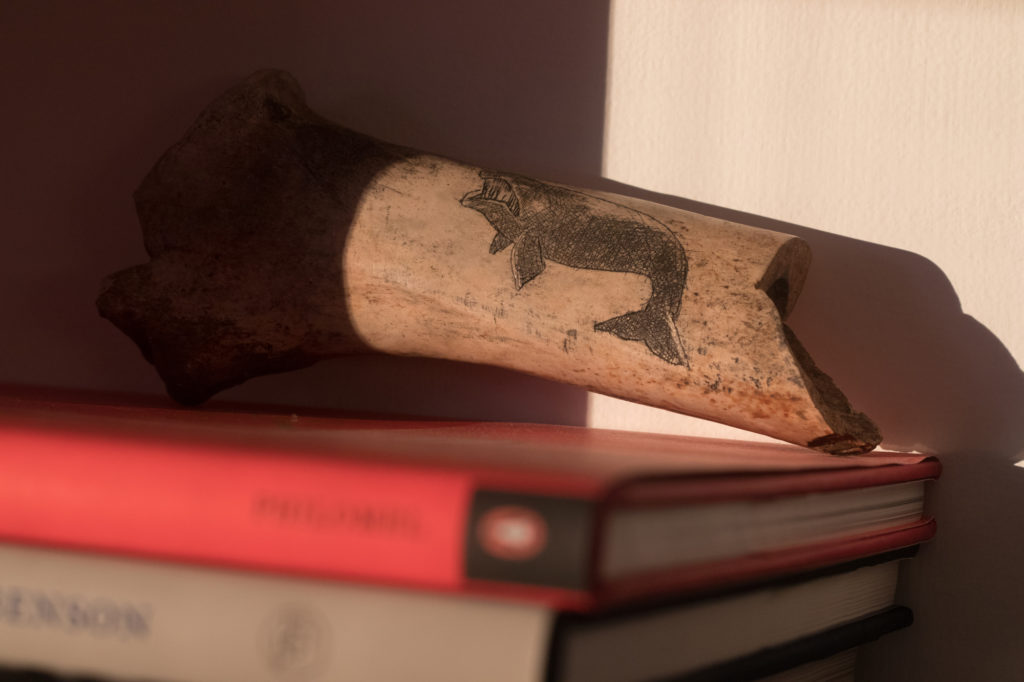Have a drink with: The Weller Brothers
Blow, me bully boys, blow.
Ask them about: Sugar and tea and rum
Amidst other things people probably did not have on their bingo card in 2021 was the rise of Sea Chantey TikTok, but it’s been a strange year already, so why not?
So the biggest question on everyone’s mind, no doubt: who IS the Wellerman, anyway, and why are we singing about him?
Chanteys were songs that served a legitimate function in work at sea. The everyday operation of a tall ship required moving massive swaths of sailcloth and managing heavy hunks of wood and iron. Groups of men were required, and in order to do the job safely and efficiently, they had to combine their strength and work at the same pace. Singing a song was a good way to do that, and a library of songs was required (a) to keep it interesting and (b) because different onboard tasks, say, hauling sail and heaving the capstan, required different rhythmic structure. Songs were typically call-and-response with one singer taking the lead. A chantey caller had to be a good sailor to manage the work, and loud and entertaining to keep everyone’s minds mostly off it.
The songs themselves originated from Black tradition, maritime custom and a mish-mash of pop culture appropriation. Chantey scholar and musician Stuart Frank notes that “Like many other occupational genres – the prison and chain-gang songs of the black South, the portage and agrarian songs of West Africa, the canoe-paddling songs of French-Canadian voyageurs, railroad spike-driving songs, and the shanty-songs of West Indian beach-dwellers – chanteys were not characteristically ‘written’ or ‘composed.’ Rather, they emerged and evolved in oral tradition, a folk process of adaptation and improvisation which ‘borrowed’ shamelessly from popular culture.”
“Soon May the Wellerman Come” is solidly in the chantey tradition, and in this case, a bunch of tired sailors are eagerly waiting for the “Wellerman”- the ship’s supplier.
The whaling economy in the 19th century was tremendous, accounting for tens of thousands of jobs and hundreds of millions of dollars, all targeted towards keeping whale-oil lamps lit (and, incidentally, corsets boned, and perfumes smelling nice, and candles burning).
Now, Yankee whaling voyages typically left from New England and roamed the world’s oceans for years at a time, chasing whales to fill the ship’s hold. Most sailors didn’t make any great sum of money – as I’ve mentioned before, “the commercial yield from whale oil and spermaceti was astonishing, but the bulk of the money went to owners, agents and others more senior to the typical whaleman.” Payment for all but the more senior sailors over a three-year journey was paid based on oil earnings and would generally eat up the cost of supplies, so the idea for many whalers, career-wise, was basically to break even and manage to pound some rum now and again.
But the singers in the Wellerman aren’t Yankee whalers – they’re New Zealanders. Many Pacific whalers were bay whalers, heading out not on multi-year floating stinks but shorter – yet still grueling and violent – jaunts from shore-based whaling stations to which dead whales would be returned for processing. (Right whales, the target population for these hunters, migrated close to shore, and long-haul whalers had done a number on stocks further to sea, having no concept of sustainability whatsoever.) But like their New England counterparts, bay whalers were effectively paid in supply – buying tobacco, food, clothing and other necessities from their employer on account, and watching the eventual paycheck go to cover debts.
The singing New Zealand whalers of TikTok fame were in the employ of Joseph, Edward and George Weller, three English brothers who had established a trading business and whaling station on Otago, New Zealand, where they also engaged in potato farming, land speculation and being jerks to the local Maori population. The “Weller man” and his floating general store would have been a welcome sight to the company employees bobbing offshore waiting for the next frantic whale hunt.
And as for why chanteys are suddenly the soundtrack to 2021? Well, the songs are (not unlike songs we all learned as kids on the school bus or at camp) easy to learn and easy to share. Not to mention that they give a sort of jolly pirate-adjacent joie de vivre to a life of dutiful confinement, whether that’s to a foul-smelling boat or the same living room couch you’ve been working off of since last March.
Fun Facts:
The best version is the Kermit the Frog version. Fight me.
The “tonguing” reference? Could have one of a few meanings. Either it’s the pacific practice of feeding the orca lookouts in tongue meat, or it’s a term for the process of flensing the whale and rendering fat down to oil (done onshore, while Yankees tried out oil onboard). Some “tonguers” were apparently also Maori interpreters.
The right whale was the right whale because, sadly, it was easy prey for whalers: it was a slow swimmer, and its corpse would float after the harpooners did their work.
Additional Reading:
Angela Caughey, Pioneer families: The Settlers of Nineteenth-Century New Zealand (1994)
Sea Chanties and Forecastle Songs at Mystic Seaport
Stuart Frank, Sea Chanteys and Sailors’ Songs (2000)
Jessica Boyall, “The Art of Whaling: Illustrations from the Logbooks of Nantucket Whaleships,” Public Domain Review, January 13, 2021
